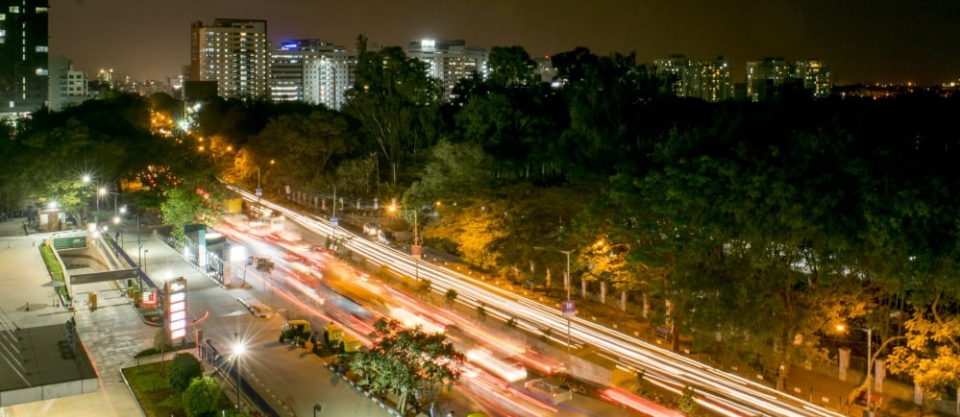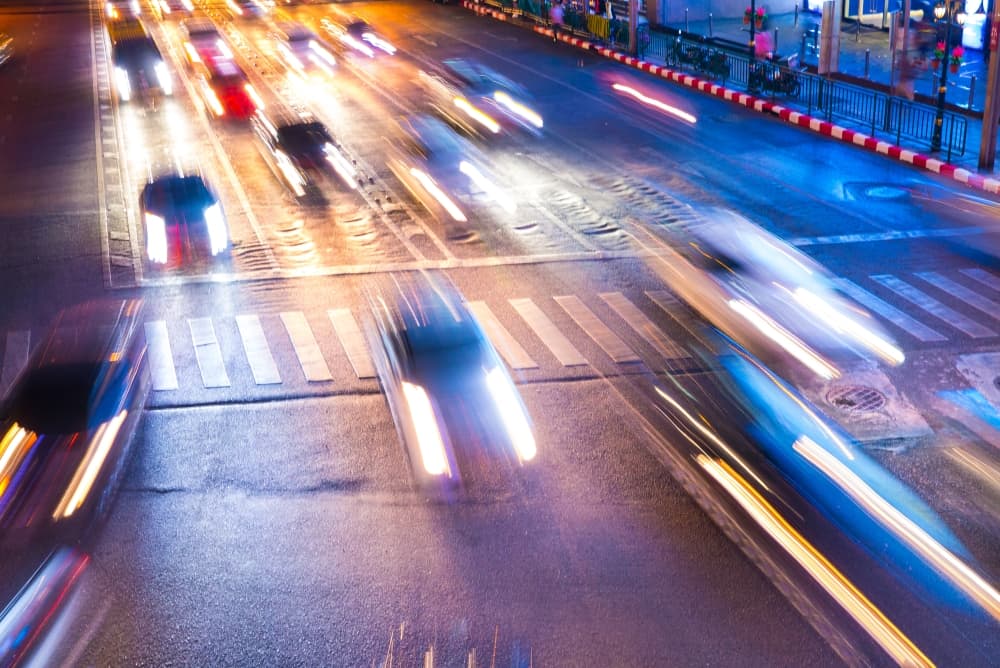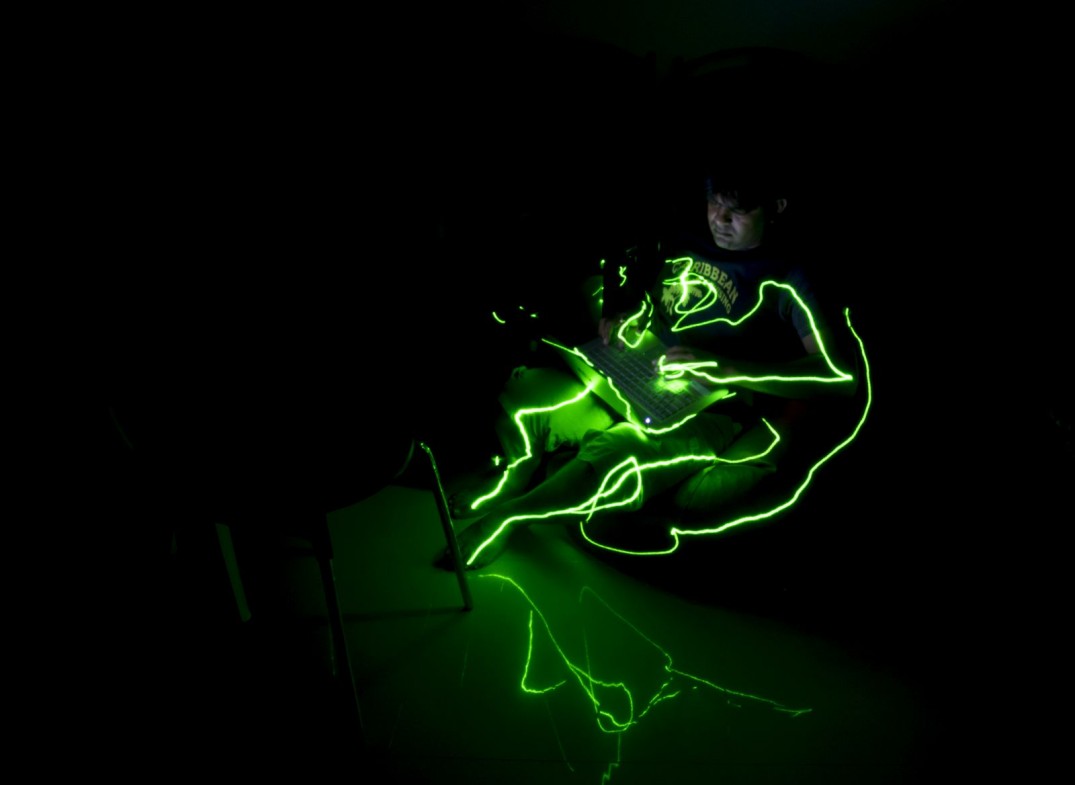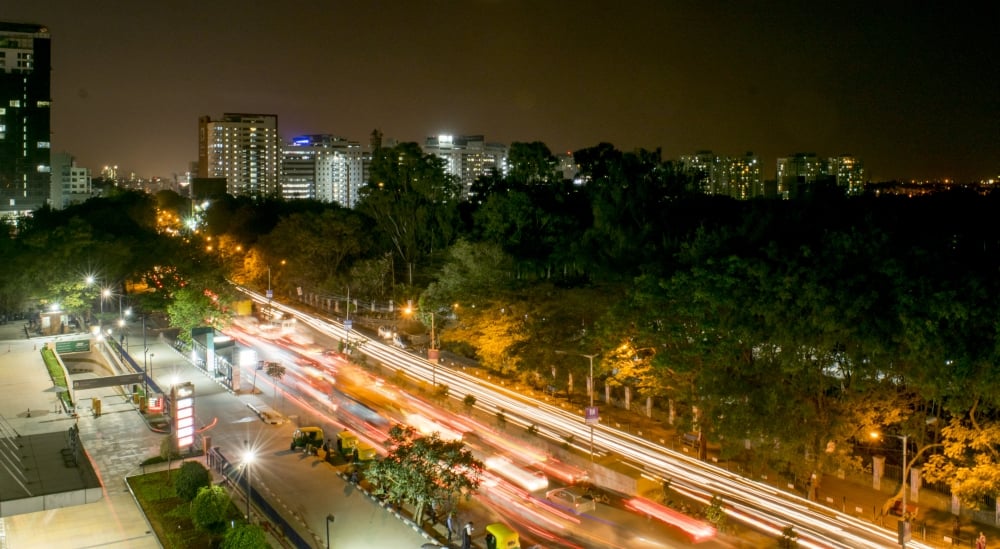
Things You Can do With Slow Shutter Speed
One of the most brilliant features of DSLRs that separate them from regular point and shoot cameras are their ability to control the shutter speed. Full manual control on a DSLR will also let you control the aperture size and ISO but it’s the shutter speed that actually makes the big difference.
Slow shutter speed
Slowing down the shutter speed to a little longer than a second opens up a world of possibilities. It completely changes the way the camera reads and understands incoming light and therefore the resulting photographs are also very different compared to regular shutter speed settings.

The concept
The simple concept behind slow shutter speed is that light enters the camera and falls on the digital film; thus burning an image on it. When the shutter of the camera is allowed to stay open for a long time, which is normally more than a second, any light source that moves in front of the camera will leave a trail of light. Alternatively, if the light is still but the camera is moved, this will result in light trails. This concept is applied in many techniques which results in images that have a completely different dimension.
Slow shutter applications
-
Waterfall photography
Slow shutter is used to create smooth paths of flowing water giving the waterfall photograph a surrealistic texture. Place your camera on a tripod and compose your shot. Setting the shutter speed even as long as 2 seconds will give a nice texture on the surface of the water. Since all the rocks and other flora around the waterfalls remain still, they appear sharp in the picture. However, the light bouncing off the flowing water is continuously moving and this creates a motion blur or shake on the water texture alone giving it a surreal effect.

-
Light painting
Like painting on a real canvas, slow shutter speed and various hand-held light sources can be combined to create paintings of light. You will need a room that is completely dark or even an open field that doesn’t have any light source. Set up your camera on a tripod, compose your shot and depending on the amount of painting that you intend to do set up the shutter speed accordingly. Release the shutter of the camera and as it stays open, continue to paint on various surfaces of objects or models in your frame with your hand-held light source, illuminating them part by part. Various types of light sources will create different kind of light trails.

-
Sport action shots
Between the shutter speed of 1 and 1/30 seconds you should be able to create magazine quality sport action shots. The setup is a little elaborate though. Let’s say you want to photograph a cyclist riding his/her bicycle. A perfect action shot in such a scenario will be the one where the cyclist is in focus and the background is blurred. To do that you will need to take help of another cyclist and ask him/her to ride in front of the cyclist that you want to shoot. Depending on the speed of the cyclists you will have to vary the shutter speed. However, you will have to work within the range of ½ to 1/30th of a second.

-
Traffic light trails
You have a readily available source of moving and stationary lights when you are trying to shoot a busy road at night. Just set up your tripod, time your shutter speed around 4-8 seconds (this will depend on how fast the vehicles are moving) and you will have a mix of night light and long smooth trail of lights flowing along the road in your frame.

Practice
Mastering slow shutter definitely needs practice. Different light sources of different intensity will test your mettle at judging the required amount of shutter speed. If you nail it right, you will have surrealistic pictures which you will not be able to capture with faster shutter speeds. Experiment with different types of light sources but start simple. Have a friend pose for you and try various light sources to paint on them. Try lazer points, LED flash lights, light swords of different types and try to capture by randomly moving them around in front of your camera. You will start getting a hang of light source. Trust me, this is something that’s hard to resist once you have the taste for it.
Looking to sharpen your photography skills? Join our top-rated professional photography course today!



